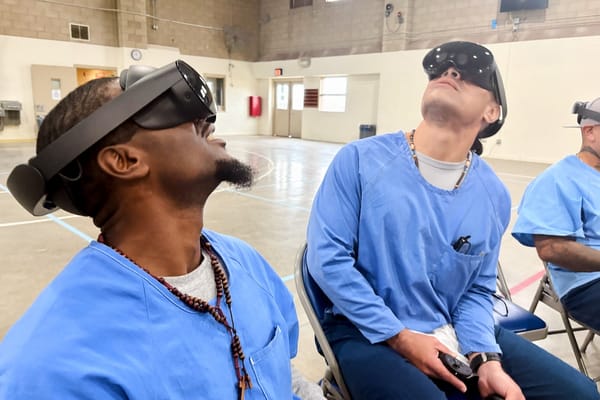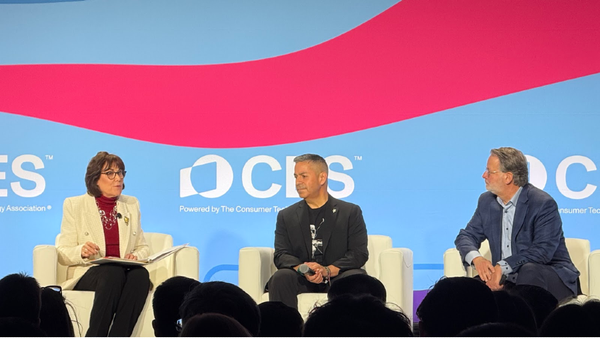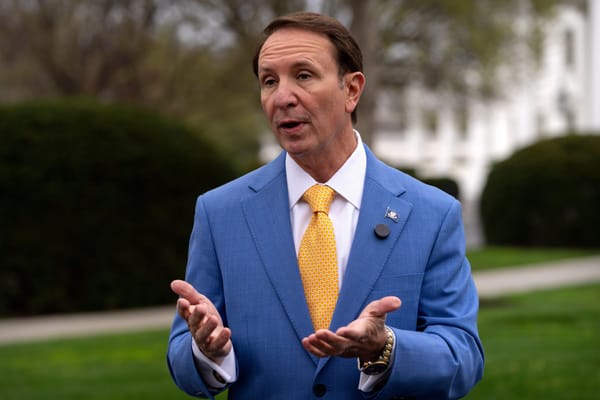Shared Spectrum in Education: Back-to-School for Policymakers
Schools leverage CBRS for a wide diversity of applications.
Dean Bubley

Analysts and advocates for the Citizens Broadband Radio Service’s (CBRS) shared spectrum framework have often highlighted the technology’s growing potential in industrial sectors (such as manufacturing, transport hubs and logistics), defense systems, sports venues and service providers’ mobile phone networks.
Less visible in the private network and shared spectrum discussion, however, is the accelerating deployment of CBRS at schools, colleges, universities and research institutions nationwide – a trend that exemplifies how its emphasis on low-power, localized networks can deliver immense public benefit.
Like other community “anchor institutions” such as hospitals and municipal authorities, educational facilities need wireless technology to fulfil their mission; localized spectrum sharing is becoming a good basis for many scenarios.
Policymakers should be careful not to disrupt innovation
As students head back to school this fall (“autumn,” for me) and some can benefit from CBRS-powered private network deployments, policymakers should be careful not to disrupt the significant progress and innovation that these networks are delivering.
Separately understanding where shared spectrum gets deployed for education, and which applications it supports, helps to illustrate both the benefits of the CBRS framework as well as the progress that could be at risk as policymakers weigh potential changes to shared spectrum rules.
A typical educational establishment spans a range of locations suited for such networks, such as:
- Indoors on school sites, in areas such as classrooms and lecture halls.
- Outdoor campus areas, such as sports areas, parking lots, and pathways.
- Student housing, including both on-campus dorms and off-campus private housing.
- Faculty buildings, laboratories, libraries and utility areas of campuses.
Schools are also leveraging these networks for a wide diversity of applications:
- Distance-learning, especially for home education, including video conferencing as well as large file uploads and downloads.
- Backhaul from Wi-Fi access points, especially outdoors where wiring is challenging.
- Campus security, including emergency safety apps for students’ phones, monitoring cameras and security personnel communications.
- Helping to fill in “dead spots” in the major carriers’ service coverage across campus, including lecture rooms and basement areas deep inside the buildings.
- University applications such as class scheduling, staff communication, cafeteria payments, fieldwork data collection and much more.
- New innovative approaches to education, such as immersive / XR capabilities (for instance for medical training, emerging “smart campus” IoT, etc.)
In short, the education sector needs connectivity across a huge range of places, for an equally diverse set of applications and use-cases. Yet while some of these can be delivered with Wi-Fi or could rely on the major carriers’ 4G/5G networks, those alternatives cannot satisfy all the requirements effectively, in all locations.
Many carriers have not deployed rural 5G
For example, budget constraints can limit the use of pay-per-gigabyte public mobile connections to school buses. Carriers’ 5G infrastructure may not be as widely deployed in less-advantaged socioeconomic areas where consumer demand hasn’t historically been as strong. In many rural communities, in particular, carriers have not yet deployed 5G service in the bands for which they hold exclusive licenses.
Private networks therefore have an increasingly important role, both locally on-site, and across wider areas. CBRS has already been a game-changer for many American educational establishments, in both higher education and K-12.
For example, on Howard University’s 256-acre campus in Washington, DC, a CBRS private network enables wireless connectivity for the university’s 9,000 undergraduate students and thousands of other faculty and visitors. Importantly, it also forms part of the institution’s Continuity of Operations Plan (COOP). Other educational CBRS deployments include:
- A multi-site implementation by the Utah Education & Telehealth Network.
- A distance-learning network in Tukwila School District, Washington State that bridges the “digital divide” for 1,200 students.
- A campus-wide neutral host network at the University of Virginia (UVA) in Charlottesville, in which two major national carriers use shared spectrum to improve their own network coverage.
This market sector (or “vertical”) deserves more attention both from the industry and the policy community – as well as the media. While the economics may be less eye-catching than those private networks for factories, mines or farms, the social benefits are undeniably significant.
Policymakers would be wise to keep the increasingly successful model of educational institutions’ use of private networks in mind, as they consider whether technical changes are warranted for CBRS and shared spectrum more generally. In particular, the Federal Communications Commission (FCC) recently opened a proceeding to consider changes which might bolster the use of services operating in the band.
One question the FCC is now considering is whether power levels for CBRS base stations could be raised in some circumstances. Given the extra interference that higher power levels might cause for adjacent services, such proposals should be approached with particular caution.
Proposals to increase power limits for CBRS could be particularly problematic for education. While higher power might allow school districts to provide home/remote-learning connectivity over broader areas, especially in rural regions, the more likely outcome is that larger commercial carriers would deploy wide-area supplemental capacity in this band. That could “sterilize” large areas for General Authorised Access (GAA) private networks used by schools or colleges.
This is not to suggest that all of the proposals in the new FCC proceeding are problematic. For example, the FCC’s examination of low-power indoor and private wireless sections could make it easier (and more reliable) to use CBRS for anchor institutions. The proposals also suggest the potential for campus-area reserved spectrum in the GAA part of the band, which could be highly relevant to educational facilities.
Further, the FCC’s discussion of GAA coexistence is highly relevant to education, especially where schools and colleges are in areas that may contend for GAA access with service providers, industrial enterprises or other users of the band. Encouragingly, the FCC also mentions both “good neighborliness” and DEI issues.
In summary, regulatory authorities in Washington, DC should keep the education sector top-of-mind as they look at how to improve the CBRS band and other shared spectrum opportunities. Students nationwide may be the ones heading back to school – but policymakers, too, need to do their homework.
Dean Bubley (@disruptivedean) is the Founder of Disruptive Analysis. He is one of the leading analysts covering 5G, 6G, Wi-Fi, telco business models & regulation, and the emergence of technologies such as quantum networking and AI. This Expert Opinion is exclusive to Broadband Breakfast.
Broadband Breakfast accepts commentary from informed observers of the broadband scene. Please send pieces to commentary@breakfast.media. The views expressed in Expert Opinion pieces do not necessarily reflect the views of Broadband Breakfast and Breakfast Media LLC.











Member discussion